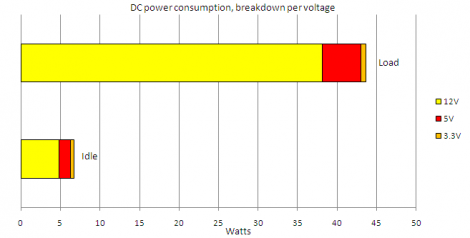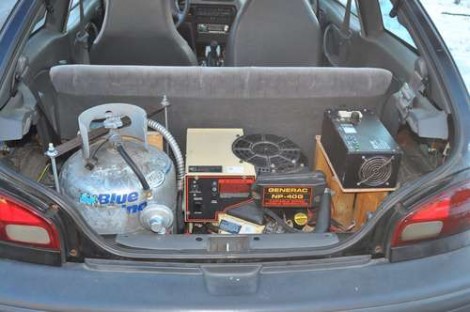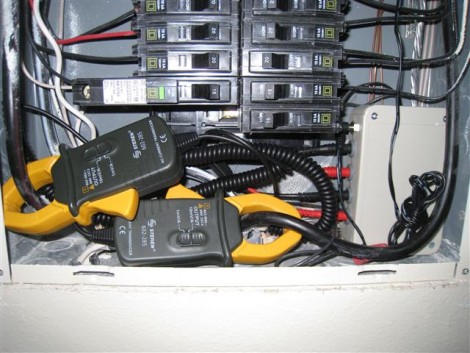
What can you do to make sure your system is running as efficiently as possible? Take a page out of [Mux’s] book, who went to great lengths to measure and adjust his system for ultimate efficiency (translated). What he ended up with is 8.5 Watts of consumption at idle and about 50 Watts under load. Luckily he posted a six-part series with all of the details.
Some of the changes he made were in software, like reducing voltage to certain hardware by adjusting BIOS settings, and installing display drivers that put the screen into the proper sleep mode. Others were hardware changes like swapping out the power supply with a hacked PicoPSU and removing unnecessary parts from the motherboard like the MAX232 com-port chip. Looks like we need to audit our always-on MythTV box and see if we can apply any of these power-saving techniques.
[Thanks Gijs]
















